The Importance of Eco-Friendly Pest Control
When we grow cannabis, we’re not just raising plants—we’re caretakers of the little piece of Earth they grow on. Using eco-friendly pest control means we’re protecting our plants today and keeping the soil healthy for tomorrow. It all comes down to using methods that don’t harm the earth. Plus, we avoid passing harmful chemicals to people enjoying the plants. Happy plants, happy planet, happy people, right?

Identifying Common Cannabis Pests
Before you can protect your plants, you need to know who you’re up against. The tiny troublemakers that love cannabis plants include:
- Aphids: Small, sap-sucking insects that can bring a whole mess of problems.
- Spider Mites: Tiny spiders that make webs on plants and can quickly take over.
- Whiteflies: They resemble tiny white moths and can weaken your plants in big numbers.
- Caterpillars and Worms: These munch on leaves and can cause a lot of damage.
- Fungus Gnats: Their larvae feed on roots, and adults can spread plant diseases.
By knowing these pests, you can pick the right eco-friendly way to deal with them!
Learn to Grow Better Weed
Download our free guide to growing amazing cannabis at home.
Click Here For More Info
Preventive Measures for Pest Control
The best fight against pests is one you never have to have! Keeping things clean around your plants is key. Make sure to:
- Remove dead leaves or debris from the area.
- Use clean soil and pots.
- Keep a little space between your plants to improve air flow.
- Water correctly—most pests love too-wet conditions.
Doing these simple things can save you a lot of trouble later on.
DIY Natural Pest Control Solutions
Sometimes, pests show up no matter how clean you keep things. Don’t worry, you can make safe sprays at home to handle these unwelcome visitors. Here’s a quick recipe to try:
Garlic and Chili Spray
- Mash up two garlic cloves and one chili pepper.
- Mix with a liter of water and let it sit overnight.
- Strain it into a spray bottle and give your plants a mist.
The garlic and chili spray is a natural deterrent that can help keep several types of pests away from your cannabis plants. It’s particularly effective against soft-bodied insects like aphids, spider mites, and whiteflies. These pests don’t like the strong odors and will often avoid plants treated with this spray.
Neem Oil Spray
Neem oil is made from the seeds of the neem tree and it works wonders in keeping pests at bay. It’s a natural insecticide that can take care of a variety of bugs, such as aphids, mites, and some types of beetles.
To make a neem oil spray, mix 2 teaspoons of neem oil and 1 teaspoon of mild liquid soap with about a liter of water. Spray it on your cannabis plants every other week or after it rains.
Avoid spraying neem oil on buds since it can be harmful to smoke. If your growing weed just foir edibles and topicals it shouldn’t be a problem.
Tomato Leaf Spray
This spray takes advantage of the natural compounds found in tomato plants, called alkaloids, which can deter grasshoppers and whiteflies. To prepare it, chop up a couple of cups of fresh tomato leaves and soak them in about two liters of water overnight. In the morning, strain the mixture into a spray bottle and use it to mist your cannabis plants.
Remember, when using any spray, it’s best to test it on a small part of your plant first and wait 24 hours to ensure it does not harm your plants. It’s also recommended to avoid applying these sprays in direct sunlight or high temperatures to prevent harming the plant’s leaves.
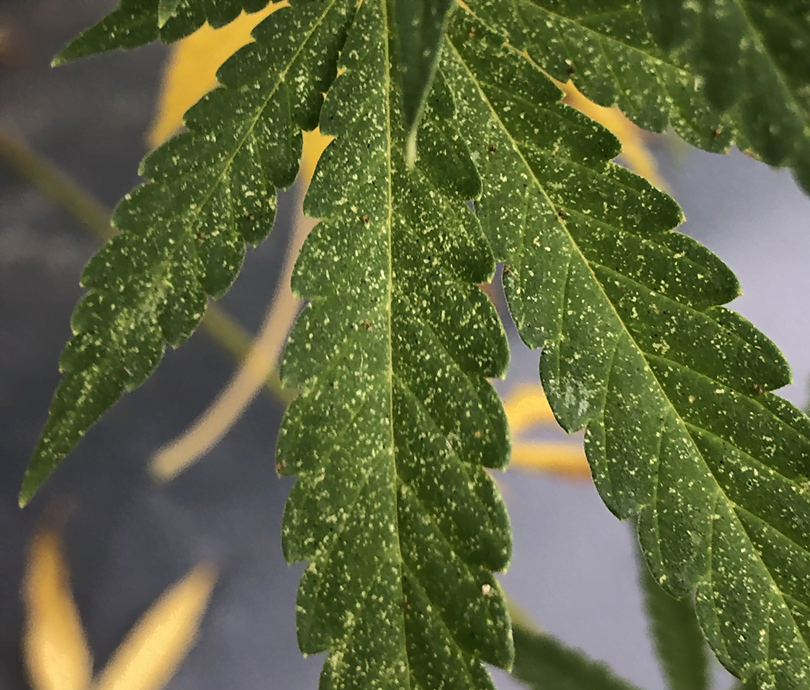
Beneficial Insects: Nature’s Pest Control
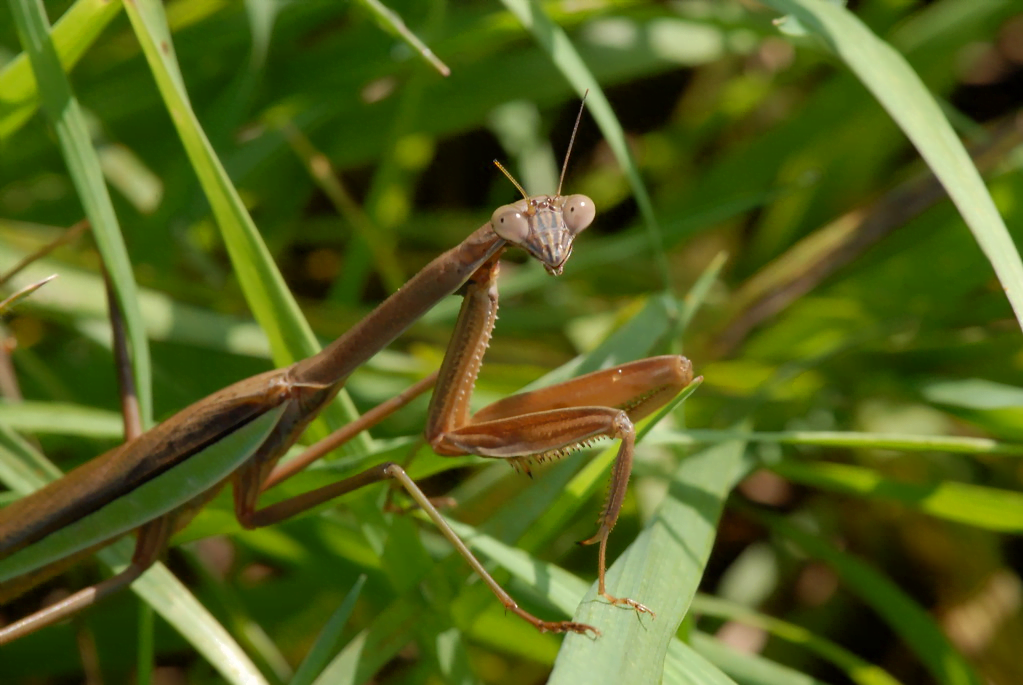
In the natural world of your garden, some insects are actually on your side. These beneficial insects are great for keeping pest populations under control.
Welcoming ladybugs into your garden is a smart move; they naturally seek out and feed on aphids and mites, which can be harmful to your cannabis.
Then there’s the lacewing whose larvae have an appetite for pests like aphids. And let’s not forget about the praying mantis—these insects are formidable hunters that feed on a wide range of garden pests including moths, beetles, and caterpillars.
You can purchase ladybugs, lacewing larvae, and praying mantis egg cases from garden stores or online suppliers.
Once you introduce them to your grow area, they start their work in keeping pest numbers down, helping your cannabis plants to thrive.
Maintaining an Eco-Friendly Grow Environment
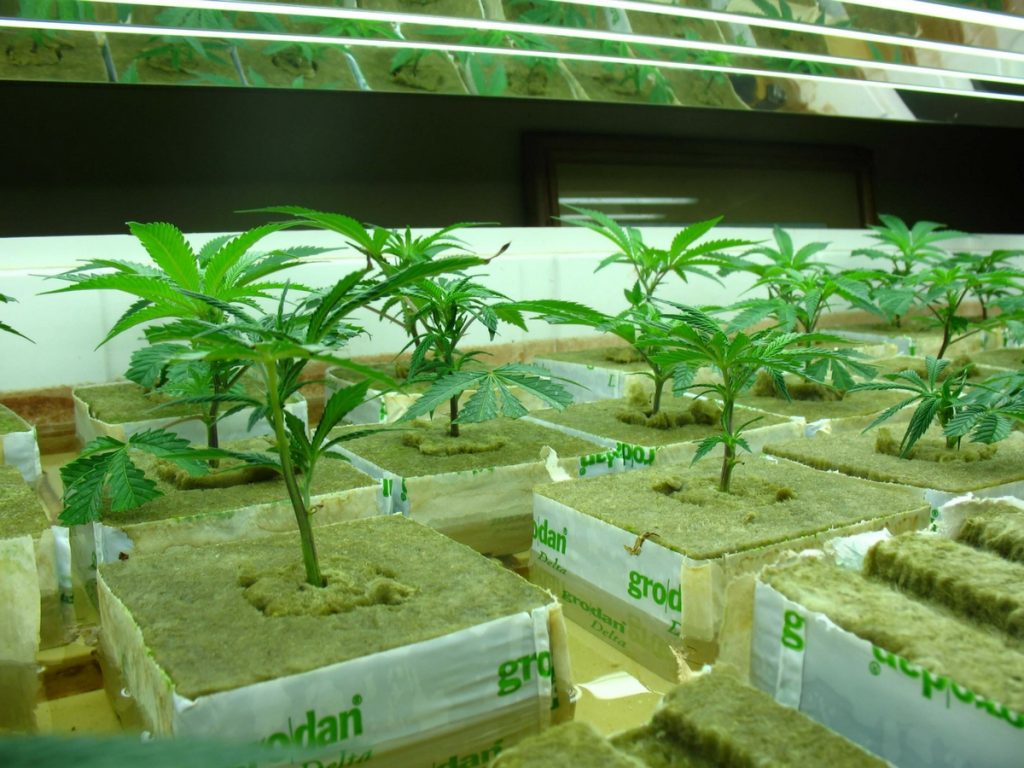
To have an outdoor garden that supports itself, you must think like nature. Cultivate a diversity of plants—flowers, herbs, and your cannabis. This mix can attract more helpful insects and improve soil quality. Don’t forget to regularly check your plants for signs of infestation, and always water with care. Use collected rainwater if you can; it’s better for the environment, and your plants will love it. Remember, the key to an eco-friendly grow space is to work with nature, not against it.
Advanced Natural Pest Control Techniques
If you’re looking to step up from DIY sprays and beneficial bugs, consider these advanced techniques. Create a ‘magic circle’ around your cannabis plants. But what’s that? It’s a barrier made of pungent plants like lavender, rosemary, or peppermint that can keep pests away from your precious crop. Companion planting is another clever tactic—growing certain plants together can lead to natural pest resistance. For something more high-tech, look into solar-powered ultrasonic devices that scare off critters with sound waves only they can hear.
Synthetic vs. Organic Fertilizers: Impact on Pest Attraction
When it comes to feeding your cannabis plants, the type of fertilizer you use can influence the presence of pests. Synthetic fertilizers have distinct advantages over organic ones in deterring pests, primarily because they are less likely to give off the scents that attract pests.
Organic Fertilizers
- Organic fertilizers are derived from natural sources, which can include composted plant material, manure, or bone meal.
- These components break down in the soil, releasing nutrients as well as organic odors that can attract various insects and animals to your garden.
- Pests such as aphids, whiteflies, and even rodents are drawn to the aromas of decomposing organic matter, as it signals a potential food source.
Synthetic Fertilizers
- Synthetic fertilizers (like Grow and Bloom), on the other hand, are chemically formulated to provide plants with essential nutrients without the organic components that can attract pests.
- They are available in water-soluble forms that plants can immediately uptake, leaving little to no residue that might attract unwanted garden visitors.
The preference for synthetic fertilizers in terms of pest management is not a reflection of their nutritive superiority over organic fertilizers but their lower tendency to attract pests. Choosing synthetic fertilizers can be a strategic decision for growers who need to manage pest issues while providing their cannabis plants with essential nutrients.
Using these methods, you can keep those pests away and grow healthy, happy cannabis plants. Your garden will be thriving and you’ll be doing your bit to look after our planet, too!
If you want to learn even more about growing good cannabis, we offer a free 40+ page guide full of images.
Now available on Amazon.
Sign up for our newsletter and download the digital copy today!
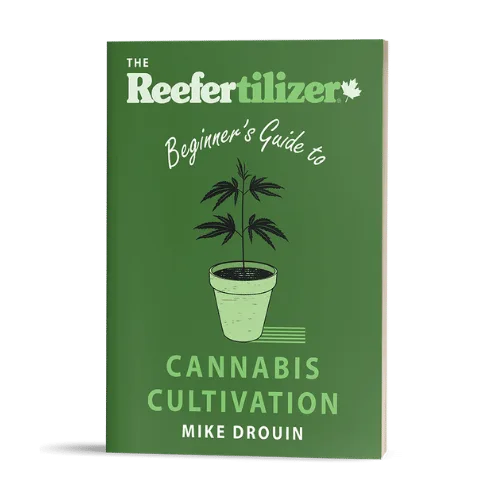
This guide will answer many questions about growing cannabis, like the following...
Selecting Seeds
Identify and Correct Problems
Maximize Yield
Much More...
Get a Chance to INSTANTLY WIN a Reefertilizer Nutrient Kit When You Sign Up.
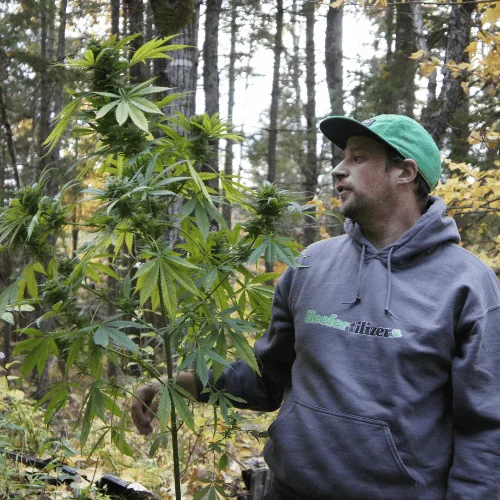
Mike Drouin is the co-founder of Reefertilizer. He’s an experienced craft cannabis grower and a writer of many articles regarding the process. Mike lives on Vancouver Island and enjoys cycling and camping and will sometimes combine the two.

